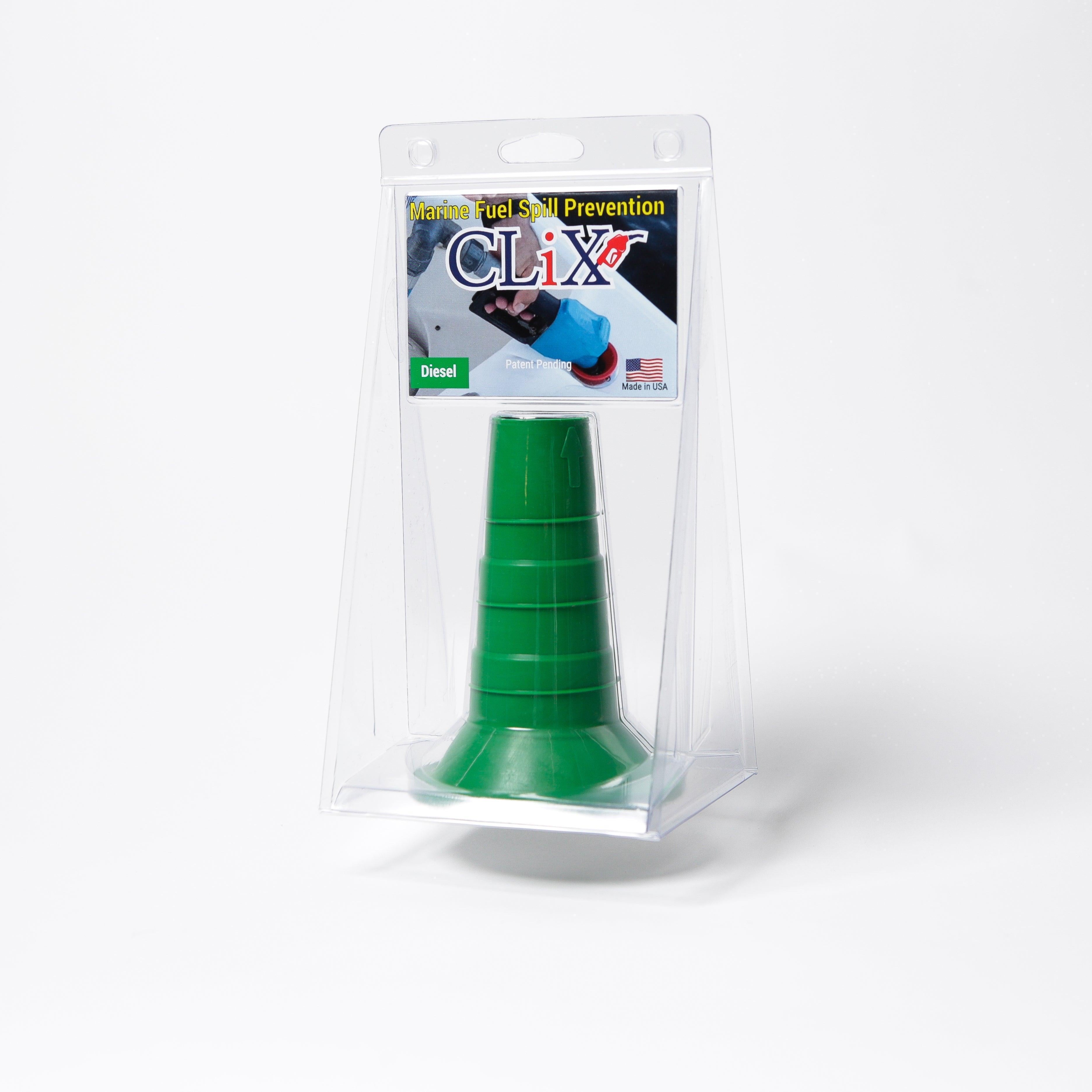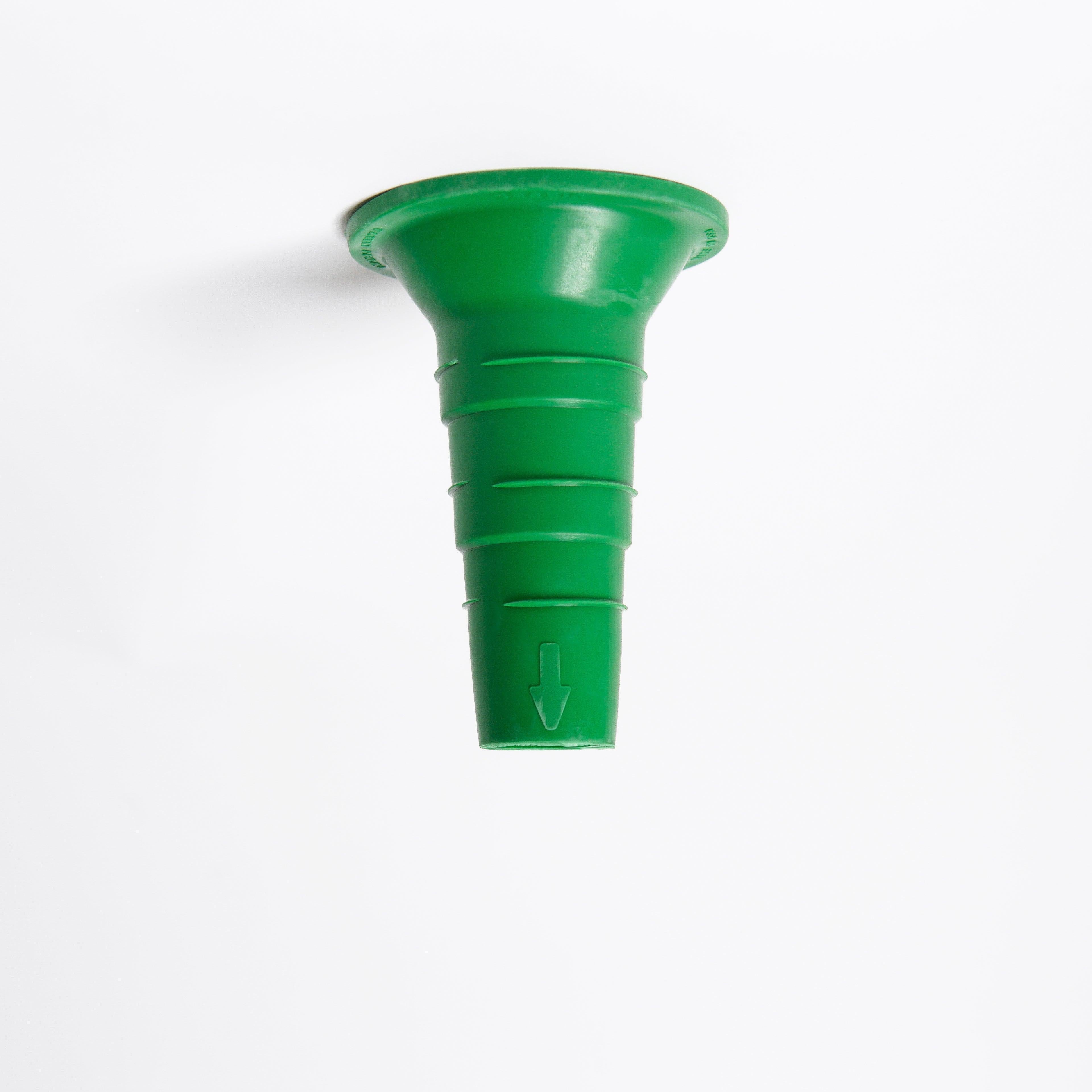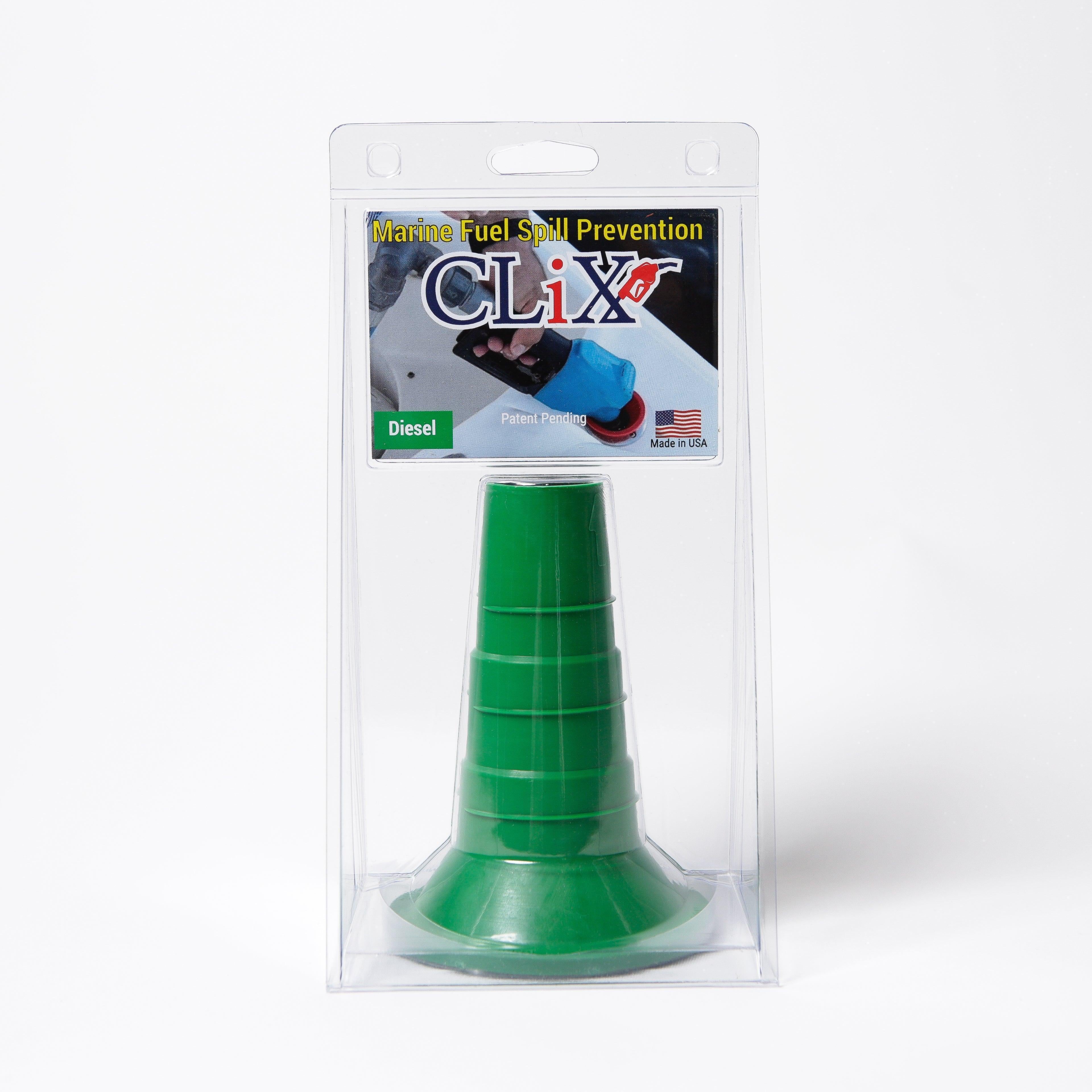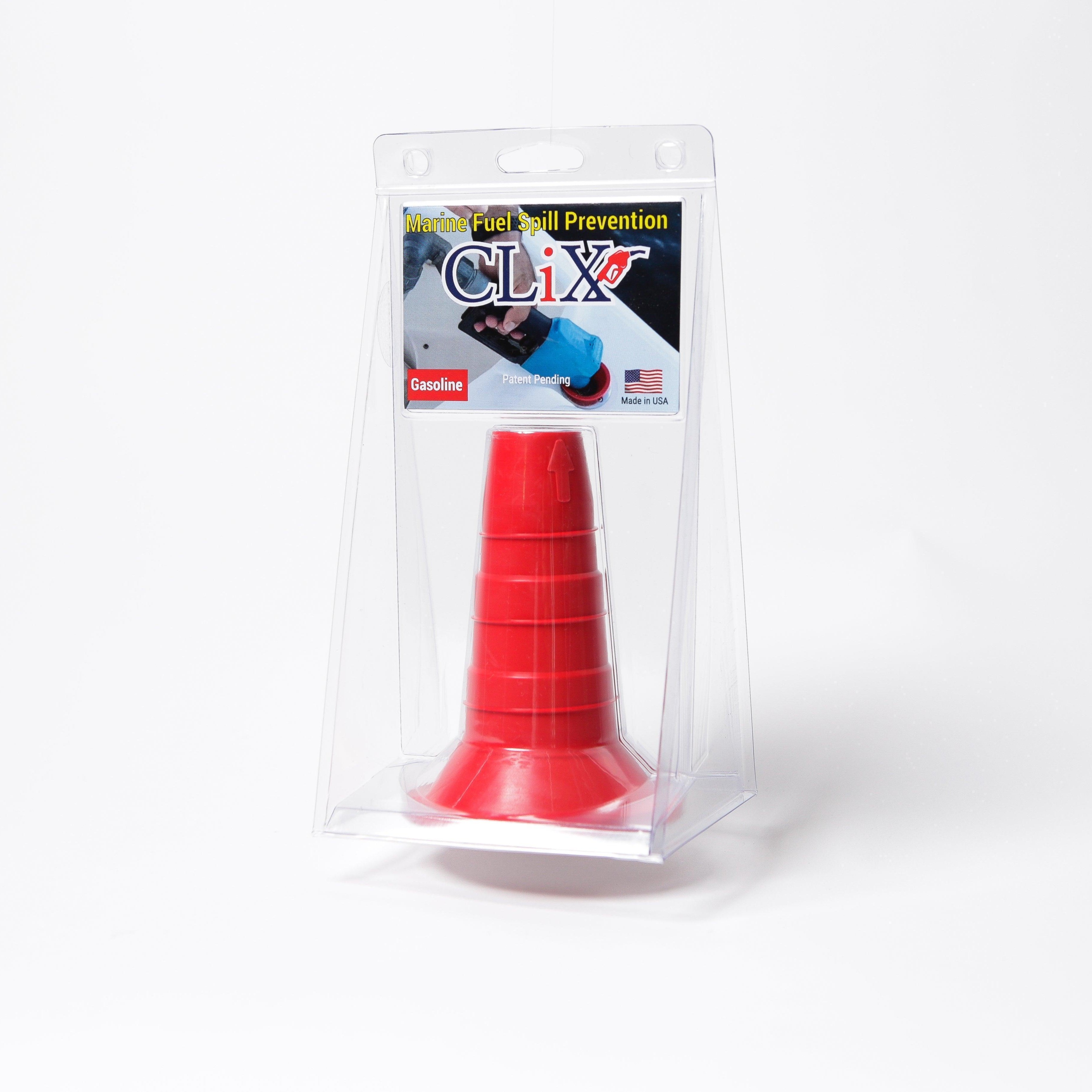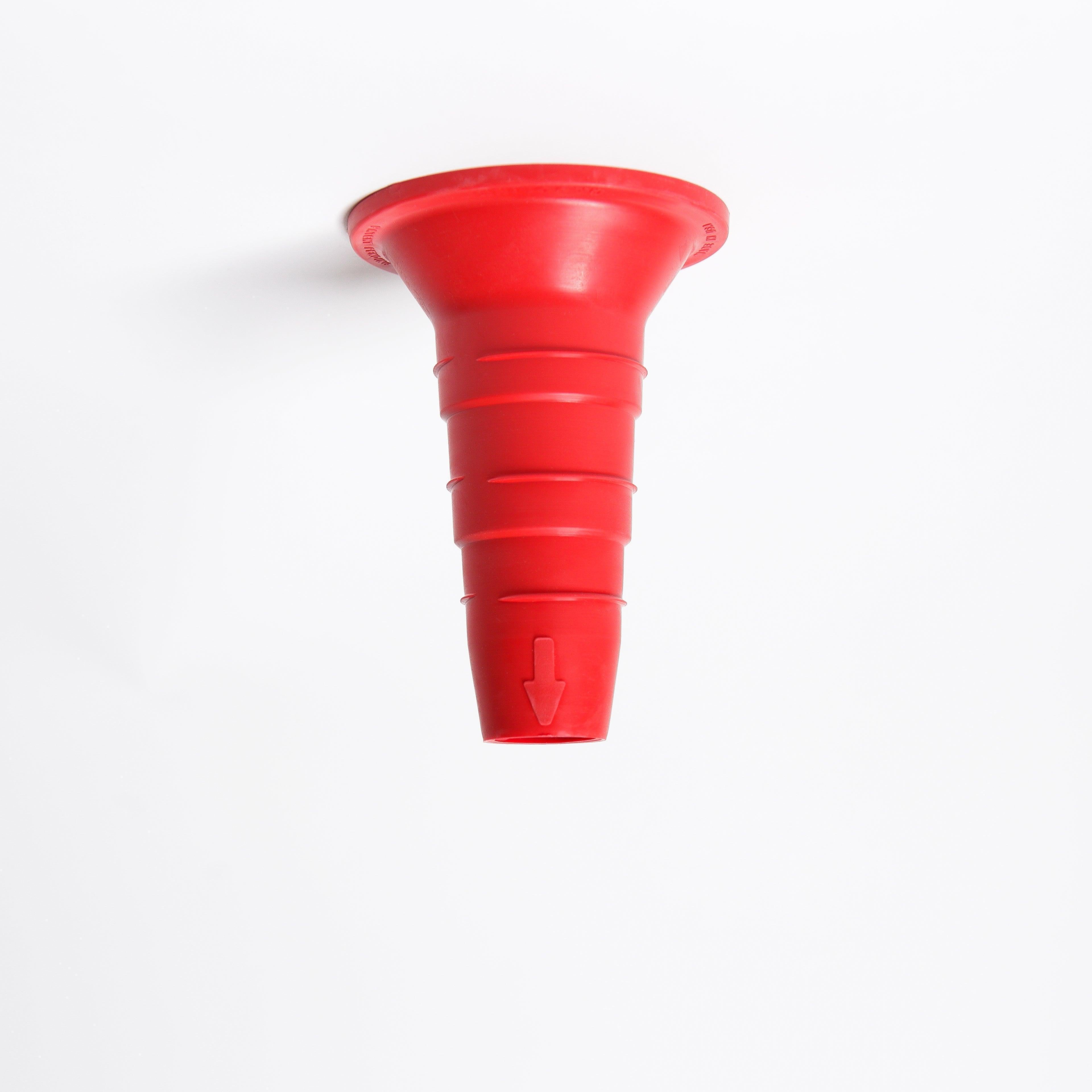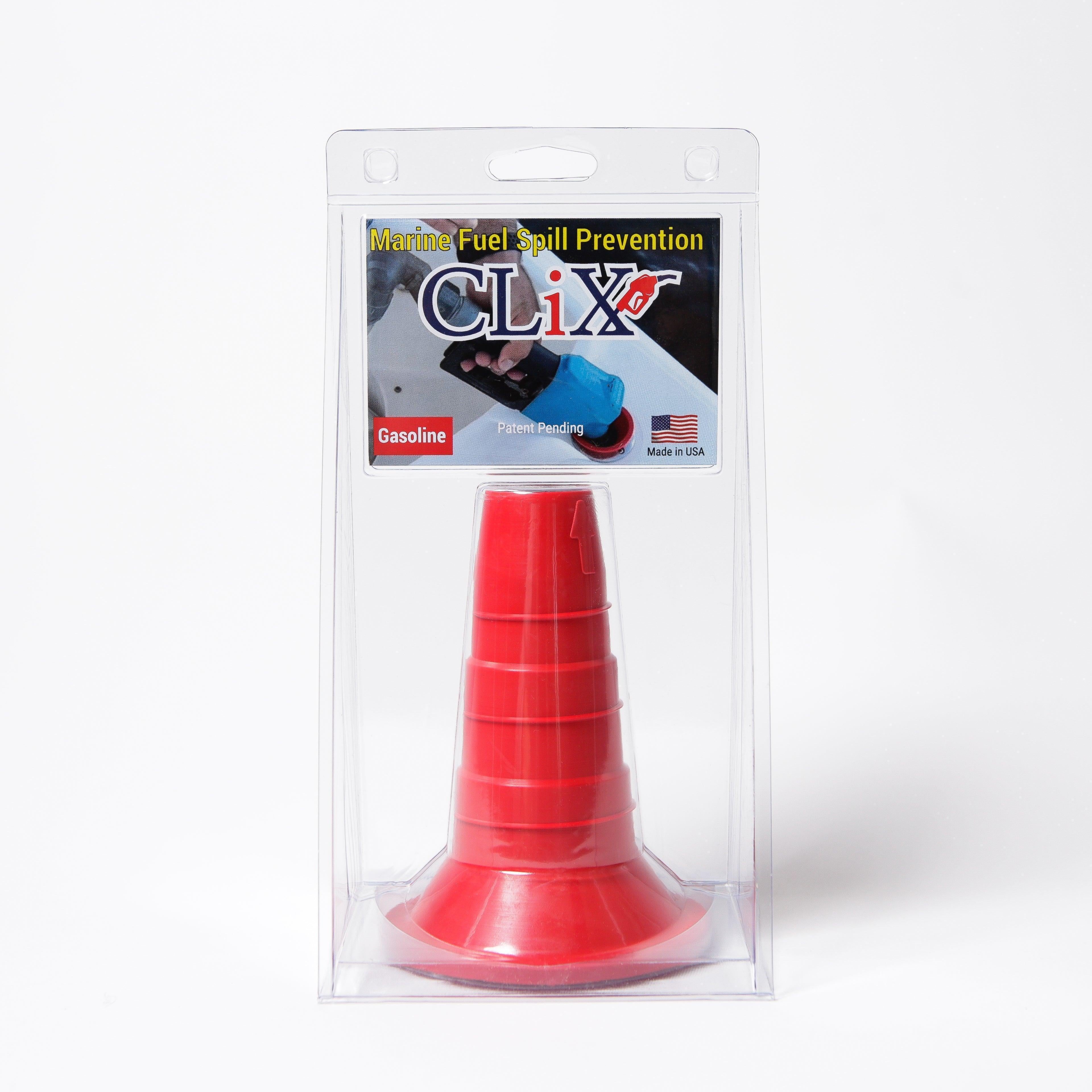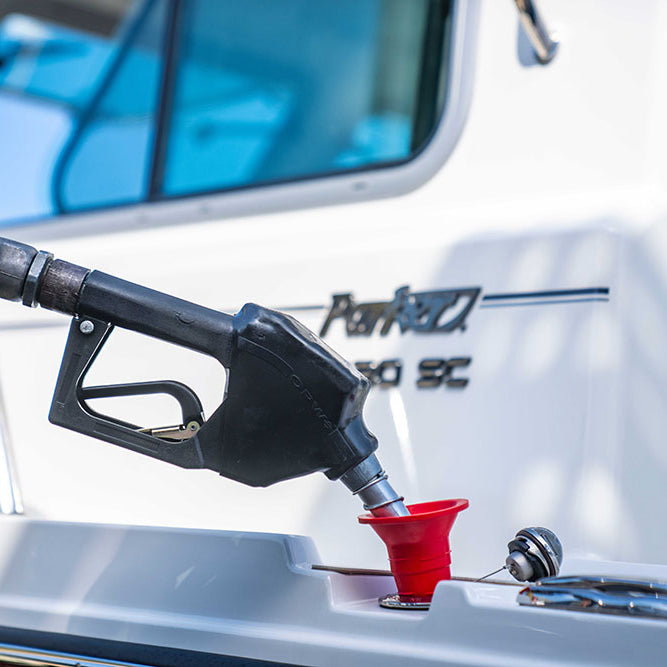The Hidden Math Behind Efficient Boating
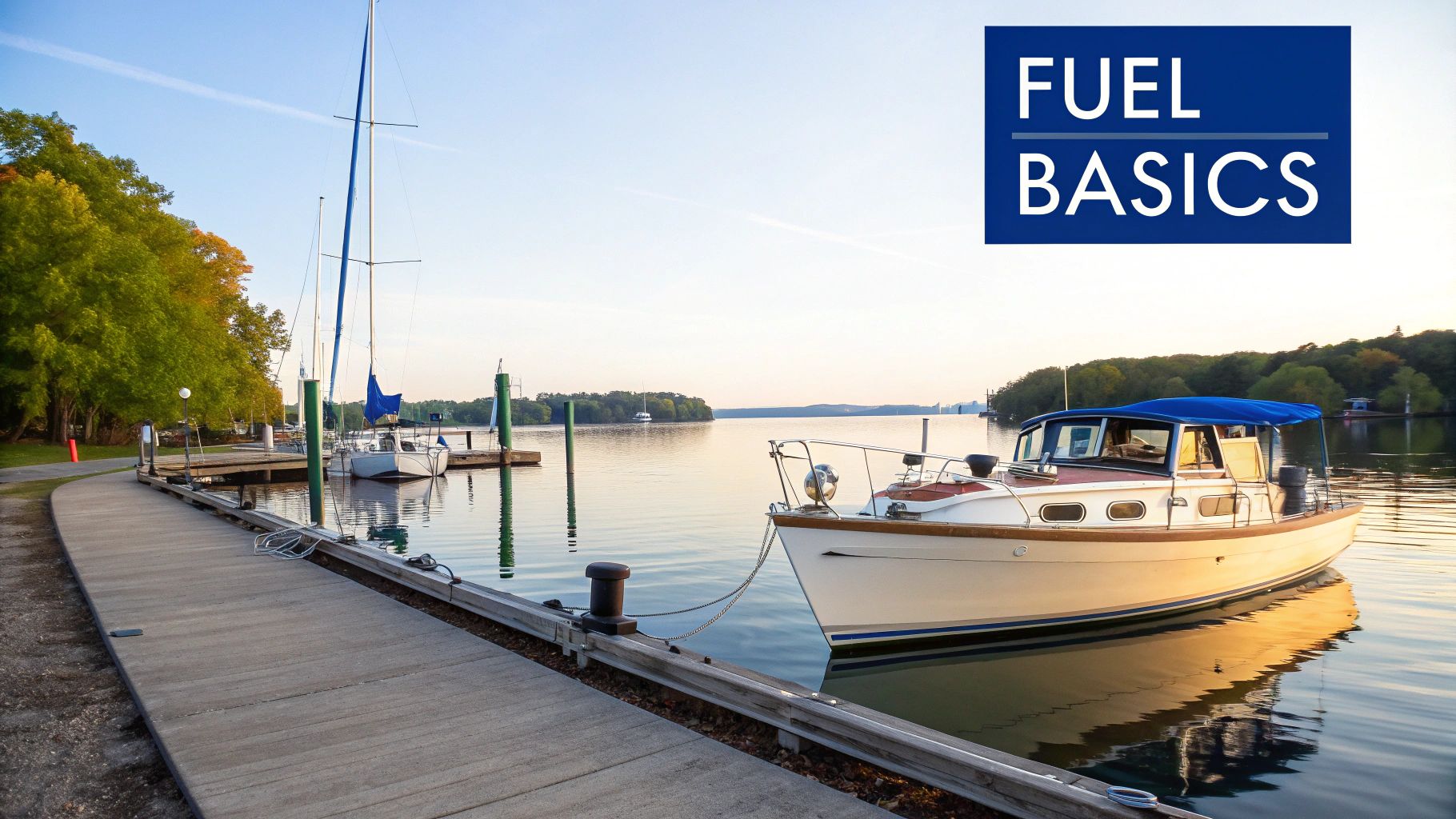
Understanding your boat's fuel consumption is essential for enjoying maximum time on the water and minimizing costs. Unlike cars, where refueling is generally easy, boating requires careful planning. Fuel docks aren't always readily available, and running out of fuel miles offshore can have serious consequences. Accurate fuel planning is key, and that starts with knowing your boat's fuel consumption.
Why Fuel Calculation Matters More on the Water
The marine environment presents unique challenges that impact fuel efficiency. Wind resistance, currents, and changing water conditions all play a role. A strong headwind, for instance, can significantly increase fuel use compared to calmer conditions.
The weight and distribution of passengers and cargo also matter. A fully loaded boat will consume more fuel than a lighter one traveling the same distance.
Understanding Fuel Consumption Calculations
Calculating boat fuel consumption directly impacts your vessel's range and operating costs. The formula to estimate maximum engine fuel consumption is GPH = (SFC * HP) / FSW.
- GPH: Gallons Per Hour
- SFC: Specific Fuel Consumption (in pounds per horsepower)
- HP: Horsepower of the engine
- FSW: Fuel-Specific Weight (in pounds per gallon)
For example, a 300-hp diesel engine with an SFC of 0.4 pounds per horsepower and an FSW of 7.2 pounds per gallon would burn roughly 16.6 gallons per hour at full throttle. Understanding this formula and factors like varying sea conditions helps boaters plan trips and manage fuel costs more effectively. For more information, check out Boating Magazine.
Small Improvements, Big Savings
Even small gains in fuel efficiency add up to substantial savings. Imagine a boater who uses their vessel for 50 hours each season. Reducing fuel consumption by just 10% can save a considerable amount of fuel, leading to significant cost savings, especially given fluctuating fuel prices. These savings can be used for other boating needs, like maintenance or upgrades.
The Language of Marine Efficiency
Becoming familiar with key fuel consumption terms is crucial for understanding how to improve it. Gallons per hour (GPH) refers to the rate at which your engine uses fuel. Miles per gallon (MPG), similar to its automotive counterpart, indicates how far your boat can travel on one gallon of fuel. Understanding these terms helps boaters plan trips, estimate total fuel costs, and make informed decisions about their vessel's operation, allowing for more time on the water.
Mastering the GPH Formula Without a Math Degree
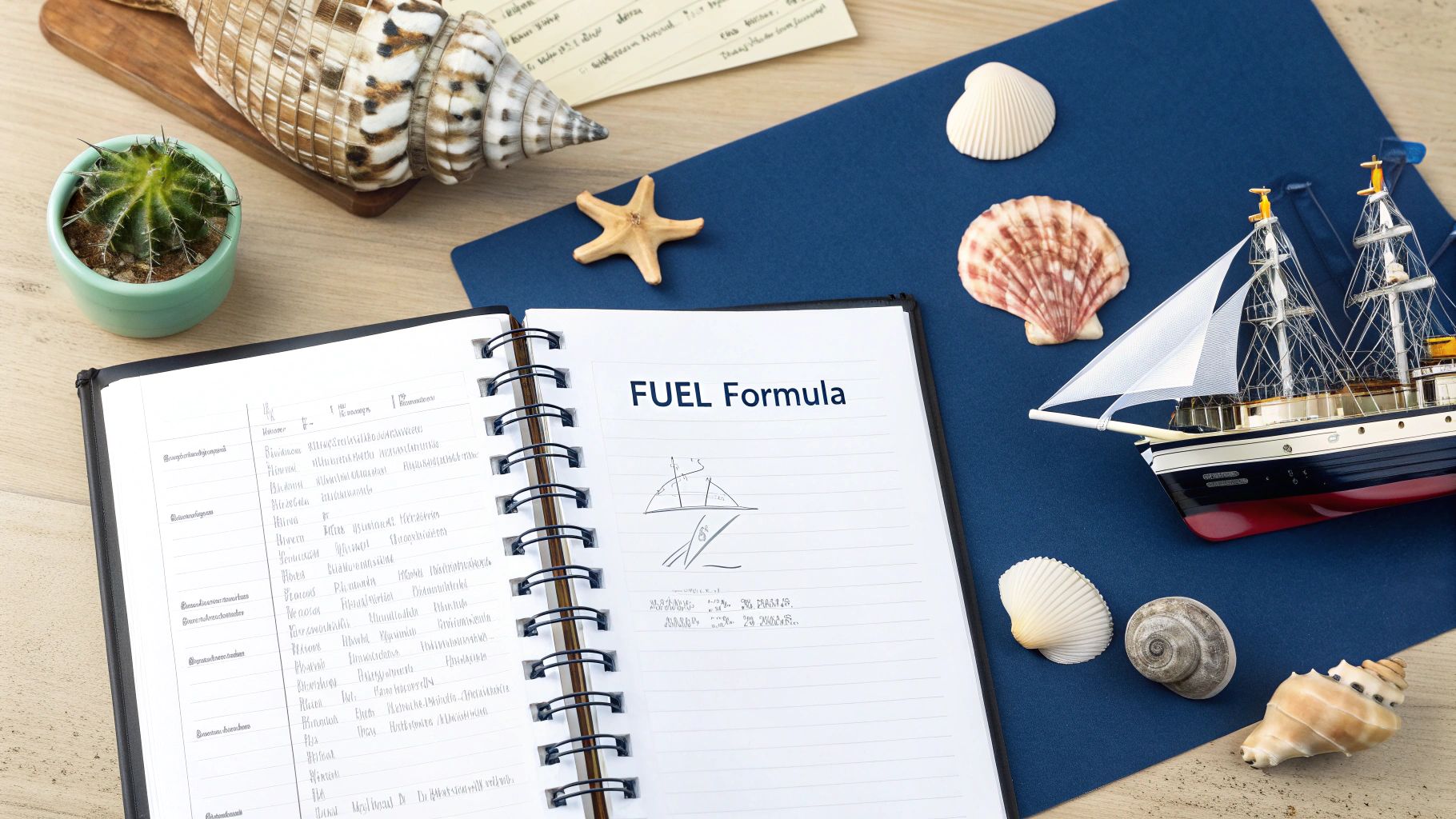
Calculating your boat's fuel consumption doesn't have to be a daunting task. This section simplifies the Gallons Per Hour (GPH) formula, making it easy for any boater to understand. We'll break down the steps, offering clear examples and practical advice from seasoned boaters and mechanics.
Finding Your Engine's Vital Statistics
The first step in calculating fuel consumption is finding your engine's horsepower (HP) and specific fuel consumption (SFC). You can usually find this information in your engine's owner's manual or on the manufacturer's website. The SFC, typically expressed in pounds per horsepower, tells you how much fuel your engine uses for each unit of power it produces.
For example, an SFC of 0.5 means the engine burns 0.5 pounds of fuel for every horsepower it generates.
Understanding the GPH Formula
Once you know your engine's HP and SFC, you can use the GPH formula: GPH = (SFC * HP) / FSW, where FSW stands for Fuel Specific Weight. FSW is the weight of a gallon of fuel, typically around 6 lbs for gasoline and 7 lbs for diesel.
Let's look at an example. A 200 HP gasoline engine with an SFC of 0.45 lbs/hp would have a GPH of (0.45 * 200) / 6 = 15 GPH at full throttle.
Unit Conversions and Real-World Examples
The formula works with different units of measurement. If your SFC is in liters per kilowatt-hour (L/kWh), you'll need to convert your HP to kilowatts and your final answer to liters per hour. Online calculators can help simplify these conversions.
Think about two different boats: one with a smaller, less powerful engine, and another with a larger, more powerful one. The smaller engine might have a lower GPH at lower RPMs. However, the larger engine could be more fuel-efficient at higher speeds, especially when carrying a heavier load. This is because the smaller engine has to work harder to reach the same speeds under load, which can lead to higher fuel consumption.
To better illustrate fuel consumption across various engine types, let's look at the table below:
Fuel Consumption by Engine Type A comparison of typical fuel consumption rates across different marine engine types and sizes
| Engine Type | Horsepower | Avg. GPH at Cruising Speed | Avg. GPH at Full Throttle |
|---|---|---|---|
| Small Outboard | 25 | 2 | 4 |
| Mid-Sized Outboard | 150 | 12 | 25 |
| Large Outboard | 300 | 25 | 50 |
| Small Inboard Diesel | 75 | 4 | 8 |
| Large Inboard Diesel | 400 | 20 | 40 |
This table provides a general overview. Actual fuel consumption can vary based on factors like engine condition, boat design, and operating conditions.
Shortcuts from Veteran Captains
Experienced boaters often use simple shortcuts to estimate fuel consumption. For instance, some use a rule of thumb of 10% of horsepower for gasoline engines at cruising speed. So, a 200 HP engine would burn roughly 20 GPH. However, these shortcuts should be used with caution and verified with more precise calculations.
Calculating Fuel Consumption for Trip Planning
Knowing your GPH is essential for trip planning. Divide your total fuel capacity by your estimated GPH to get your run time. Then, multiply your cruising speed by the run time to estimate your range. Remember, factors like wind, currents, and the weight of your boat and its contents will affect your actual fuel consumption. It's always wise to add a safety margin to your calculations and refuel when you reach half your estimated range. By consistently following these principles, you can make informed decisions about your fuel needs and enjoy longer, more carefree boating trips.
How Your Hull Design Shapes Fuel Efficiency
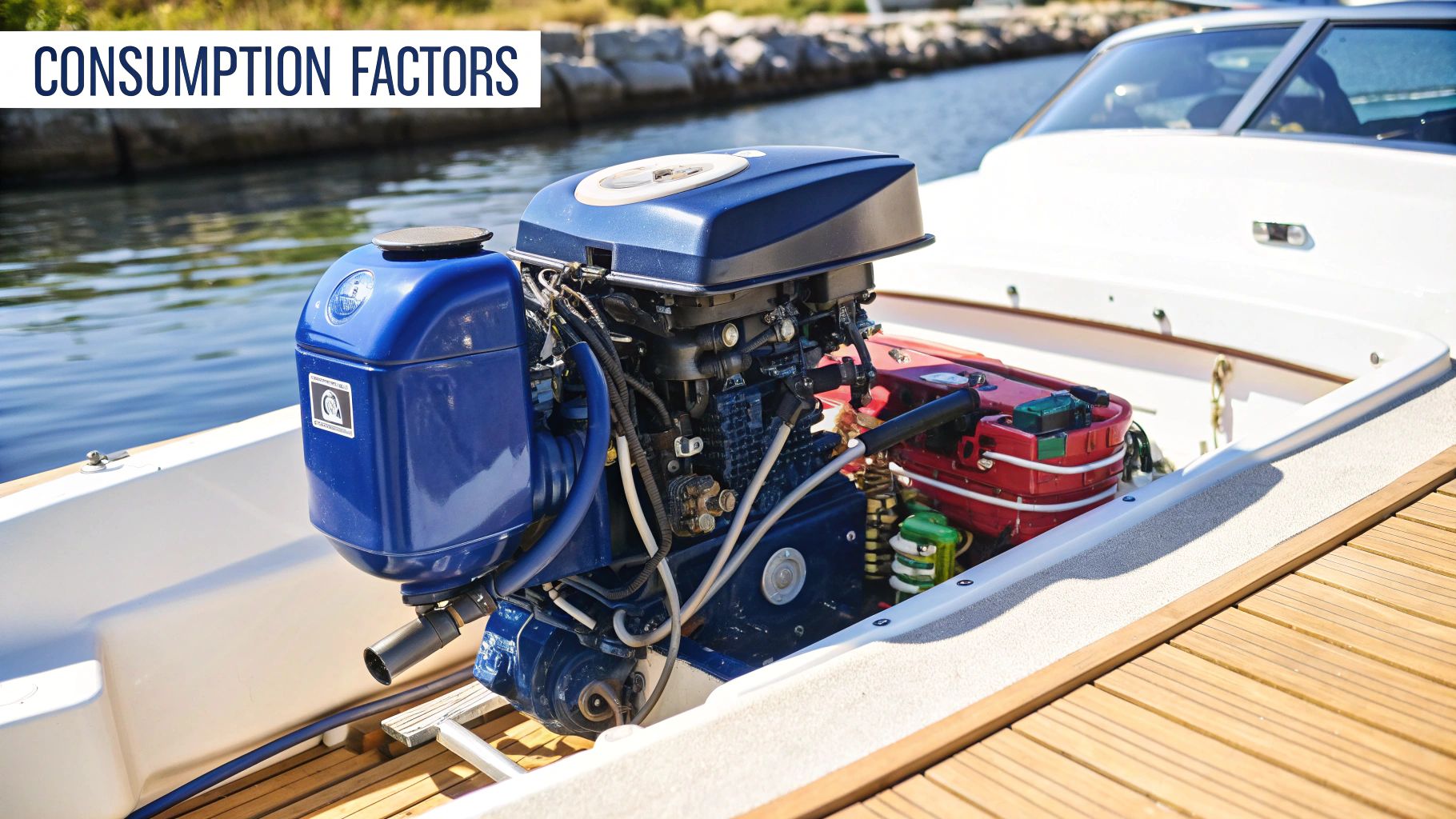
Your boat's hull, the part that interacts with the water, plays a major role in fuel consumption. Different hull designs perform differently at various speeds and in different sea conditions. This can significantly affect how much fuel you use. Understanding these differences can help you manage your boating budget and range.
Displacement Hulls
Displacement hulls are designed to move through the water. They push the water aside instead of riding over it. These hulls are typically found on slower, more stable vessels like sailboats and large displacement motor yachts. Displacement hulls are most efficient at lower speeds. Their narrow shape minimizes drag. However, as speed increases, resistance increases dramatically. This requires more power and fuel. Think of pushing a large bowl through water – the faster you push, the greater the resistance. You might be interested in learning more about fuel efficiency: How to master fuel efficiency on ClixFueling.com.
Planing Hulls
Planing hulls, on the other hand, are designed to rise up and skim over the water at higher speeds. These are common on faster boats like powerboats. At lower speeds, they experience more drag than displacement hulls because of their wider, flatter bottoms. As speed increases, they lift out of the water. This reduces the wetted surface area and, therefore, the drag. This allows them to achieve higher speeds with reasonable fuel efficiency. Imagine a flat stone skipping across a pond; it planes effectively only at sufficient speed.
Semi-Displacement Hulls
Semi-displacement hulls bridge the gap between displacement and planing hulls. They offer a compromise between low-speed efficiency and higher speed capability. They transition from displacement mode to planing mode as speed increases. This makes them a popular choice for cruising boats.
Hull Design Details and Fuel Consumption
Beyond the basic hull type, several design elements affect fuel efficiency:
- Beam Width: A wider beam generally increases stability but also increases drag at lower speeds.
- Deadrise Angle: This is the angle of the hull's bottom. A steeper angle gives a smoother ride in rough seas but can increase fuel consumption.
- Construction Materials: Heavier materials require more power to move, increasing fuel use. Lighter materials can improve fuel efficiency.
Sea conditions and hull design play a crucial role in fuel economy. Boating conditions are much less predictable than driving a car. Sea state significantly affects performance. A displacement hull navigating waves experiences increased fuel consumption as speed demands increase. Planing hulls also face higher fuel consumption at higher speeds, especially in waves. Even factors like marine growth or a worn propeller can increase fuel use by as much as 17%. Understanding how your hull interacts with the water and how external factors influence performance is crucial for optimizing fuel efficiency. For more insights on fuel consumption and sea conditions, see here.
Finding Your Hull's Sweet Spot
Each hull type has an optimal speed range for maximum efficiency. Finding this "sweet spot" for your boat is key to minimizing fuel consumption. Experiment with different speeds and monitor your fuel usage. Many boats have fuel flow meters that provide real-time data on fuel consumption. This helps you identify the most efficient cruising speed. Understanding these nuances helps maximize your time on the water while controlling fuel costs.
Real-World Factors That Transform Consumption Rates
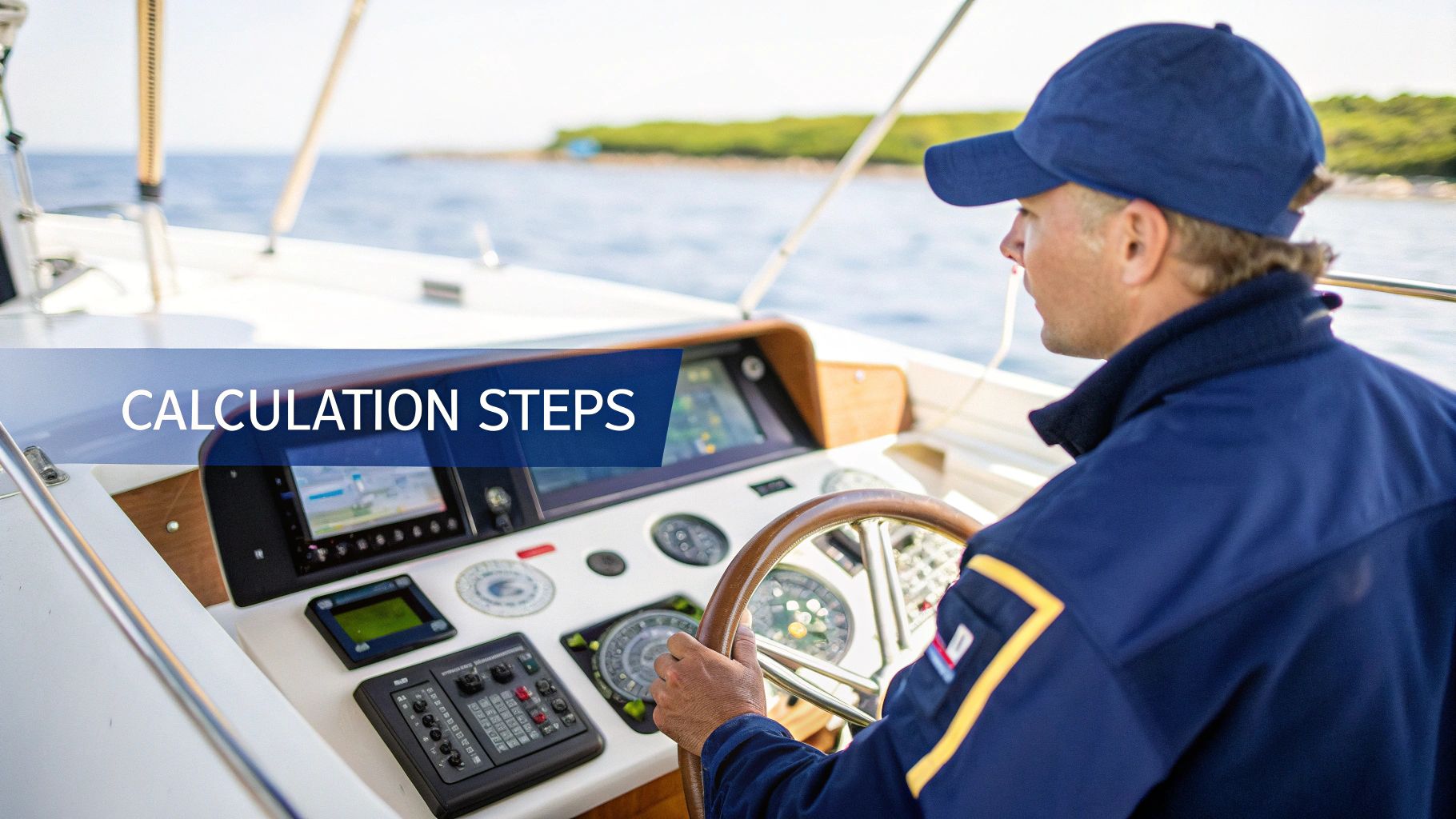
While understanding the GPH formula and your hull's characteristics is important, real-world factors significantly influence your boat's fuel consumption. These variables can drastically affect your consumption rates, impacting both your range and budget. Accurately calculating boat fuel consumption requires considering these dynamic elements.
Passenger Load and Cargo Distribution
The weight onboard directly affects your boat’s fuel efficiency. This includes passengers, gear, and cargo. A heavily loaded fishing boat will consume more fuel than a lightly loaded one, even at the same speed.
How this weight is distributed also matters. Uneven weight distribution creates drag, reducing efficiency. Think of it like balancing a seesaw – an even distribution keeps things level and efficient.
Weather Conditions: Wind and Current
Wind and currents are invisible forces impacting your boat’s performance and fuel consumption. A strong headwind creates resistance, forcing your engine to work harder and burn more fuel.
Conversely, a tailwind can improve fuel economy. Similarly, currents can either help or hinder your progress, affecting how much fuel is used to cover a certain distance.
Maintenance Matters: Hull Condition and Propeller Efficiency
Regular maintenance significantly impacts fuel consumption. Marine growth, like barnacles and algae, create drag and increase fuel use. Even a small amount can make a noticeable difference.
A damaged or dirty propeller also reduces efficiency. Regular cleaning and maintenance are essential for both the hull and propeller. For more information, you can visit How to master fuel efficiency on ClixFueling.com.
Engine Timing and Other Mechanical Factors
Proper engine maintenance is crucial. Incorrect engine timing can significantly increase fuel consumption. Other mechanical issues, like a faulty fuel pump or clogged fuel injectors, can also negatively impact fuel economy. Regular engine tune-ups are essential for efficient fuel use.
Measuring and Accounting for Real-World Variables
Keeping a detailed logbook helps you track fuel usage and identify trends. Recording conditions like wind speed, current, and passenger load allows you to see how different factors affect your boat's performance.
Practical Adjustments for Improved Efficiency
Simple adjustments can improve fuel efficiency. Distribute weight evenly, reduce speed in challenging conditions, and maintain a clean hull and propeller. These small changes can make a big difference in fuel consumption.
Quantifying the Impact of External Factors
The following table illustrates how these factors can affect your boat’s fuel usage. It highlights potential increases in consumption and suggests mitigation strategies.
Impact of External Factors on Fuel Consumption
| Factor | Potential Increase in Consumption | Mitigation Strategies |
|---|---|---|
| Headwind (15 knots) | Up to 20% | Reduce speed, adjust course |
| Strong Current (2 knots) | Up to 15% | Adjust course, consult tide charts |
| Heavy Fouling | Up to 17% | Regular hull cleaning |
| Worn Propeller | Up to 10% | Regular inspection and maintenance |
| Improper Engine Timing | Up to 5% | Professional engine tuning |
| Overloading | Up to 12% | Optimize load, distribute weight evenly |
This table shows how external factors can significantly impact fuel consumption. By addressing these factors, boaters can minimize their fuel usage.
By understanding these factors and implementing simple adjustments, you can minimize fuel consumption and maximize your time on the water. This saves money and allows for longer boating adventures.
Building Your Boat's Efficiency Profile
Creating a personalized fuel consumption profile for your boat is a smart move. It's all about tracking performance in different conditions to understand its efficiency. Think of it as uncovering your boat's unique efficiency "fingerprint." This knowledge helps you make informed decisions, optimize fuel use, and travel farther.
Tracking Systems: From Logbooks to Fuel Flow Meters
Whether you're a casual boater or a serious cruiser, there's a tracking method for you. Many start with a simple logbook, manually noting details like:
- Date and time
- Distance traveled
- Fuel consumed
- Speed
- Engine RPM
- Weather conditions
- Passenger and cargo load
While manual, this provides a valuable starting point.
For those wanting more precise, real-time data, fuel flow meters are a great option. These measure fuel passing through the engine, giving instant feedback on consumption.
Combining Methods for Comprehensive Data
Many boaters combine logbook entries with fuel flow meter readings. The logbook adds context about specific conditions, while the meter delivers precise fuel data. This combination paints a complete performance picture. Keep in mind, real-world factors like choosing the right boat for seasickness can significantly impact your trip’s enjoyment and fuel efficiency.
Establishing Baseline Consumption and Identifying Trends
Tracking fuel use establishes a baseline for comparison. This helps spot trends and changes that might indicate problems. A sudden jump in fuel use at a certain speed, for example, could point to an issue with the hull, propeller, or engine. Early detection can prevent costly repairs.
Case Studies: Optimizing Routes and Extending Range
Real-world examples show the value of fuel tracking. One boater, after monitoring consumption, realized their boat ran most efficiently at a slightly lower RPM. This small adjustment noticeably increased their cruising range.
Another boater noticed gradually increasing fuel use over several trips. This led them to check their propeller, revealing damage. Repairing it restored fuel efficiency and prevented bigger problems.
Resources and Tools for Efficient Tracking
Several tools simplify tracking. Downloadable templates offer a structured approach to logbook keeping. Mobile apps streamline data entry and offer advanced analytics, simplifying building and analyzing your boat's efficiency profile.
By tracking and analyzing fuel consumption, you gain valuable insights into your boat’s performance. This helps optimize routes, plan trips more accurately, and ultimately, spend more time enjoying the water. This careful approach can lead to significant savings, leaving more money for upgrades, maintenance, or more fuel for future adventures.
Transforming Data Into Dollars Saved
Knowing how to calculate boat fuel consumption is just the first step. The real power comes from using that information to make smart decisions that save you money and allow you to spend more time enjoying the water. This section explores practical modifications and operational changes that provide the greatest return on investment for different kinds of boats.
Engine Maintenance: A Foundation for Efficiency
Proper engine maintenance is one of the most economical ways to improve fuel efficiency. Case studies show that regular tune-ups, like replacing spark plugs and changing fuel filters, can lead to significant improvements. For example, one boat owner experienced a 10% increase in fuel efficiency after a simple tune-up. Another crucial aspect is proper engine timing. A poorly timed engine can surprisingly waste a lot of fuel.
Propeller Selection: Fine-Tuning Your Performance
Think of your propeller as your boat’s transmission. The right propeller choice significantly affects fuel consumption at various speeds. A propeller that's too small forces your engine to work harder, using more fuel. On the other hand, a propeller that's too large can create unnecessary drag. Switching to the correct propeller size can reduce fuel consumption by 5-10%.
Operational Adjustments: Small Changes, Big Savings
Simple adjustments to how you operate your boat can drastically lower your fuel usage. One of the best strategies is reducing speed. Slowing down by even a few knots can lead to substantial fuel savings, sometimes 25% or more. This is because water resistance increases significantly as speed increases.
Also, pay attention to weight distribution. A balanced load reduces drag and boosts efficiency. Just like with a car, carrying excess weight uses more fuel.
Separating Fact from Fiction: Fuel-Saving Myths
Many boat owners invest in expensive modifications promising big fuel savings, but these often underdeliver. For instance, some believe fuel additives greatly improve efficiency. Studies show, however, that many of these additives offer minimal benefits. Learn more in our article about fuel-saving tips. We'll help you distinguish between these myths and the changes that truly make a difference, like keeping your hull clean to minimize friction. This saves you money and prevents unnecessary effort.
A Framework for Decision-Making
Evaluating potential upgrades involves considering your boat's type, how you use it, and your budget. A decision-making framework helps you prioritize the most effective changes. Begin by assessing your current fuel consumption. Next, identify areas for potential improvement. Finally, analyze the cost-effectiveness of each option. This ensures your investments provide real value. For example, regular engine maintenance offers a great return on investment compared to pricey, unproven modifications. By making informed choices, you can improve your boat's fuel economy without overspending.
Ready to take control of your boat’s fueling process and increase your savings? CLiX Fueling Solutions offers a spill-free, hassle-free way to fuel your boat, avoiding costly overfills and environmental damage. Visit CLiX Fueling Solutions today to learn more and improve your fueling experience.

